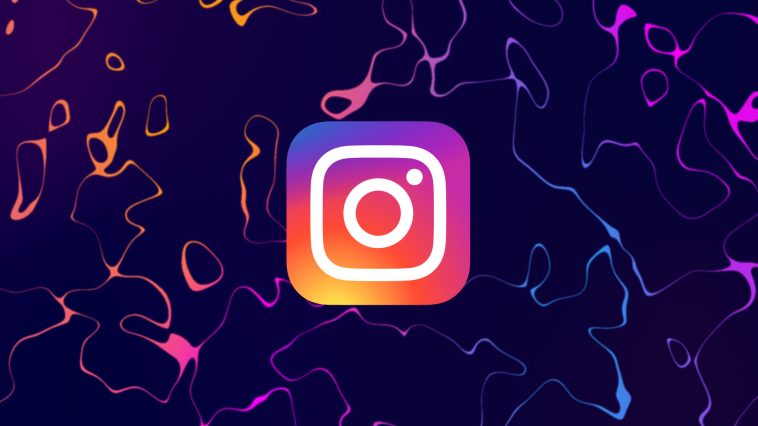Introduction.
Instagram has grown into one of the most powerful platforms for marketers and entrepreneurs. With over 1.4 billion monthly active users, it’s no wonder affiliate marketing has found a sweet spot here.
From influencers sharing product recommendations to micro-creators promoting niche brands, the opportunities are vast for anyone looking to monetize their Instagram presence through affiliate marketing.
But diving into affiliate marketing on Instagram isn’t just about slapping a link in your bio or sharing a story. It requires a smart strategy, consistency, and a genuine connection with your audience.
So, if you’re wondering how to get started and maximize your Instagram profile for affiliate success, let’s break it down.
What is Affiliate Marketing on Instagram?
Affiliate marketing is a performance-based strategy where you earn commissions by promoting products or services and driving sales.
For Instagram, this typically involves sharing affiliate links with your audience, and when someone purchases through your link, you earn a percentage of that sale.
Instagram’s visually-driven format makes it a perfect platform for this, as high-quality images and engaging content can turn followers into buyers.
You can promote affiliate products through various methods: feed posts, stories, reels, and even Instagram Lives.
Whether you’re showcasing a product you use daily or reviewing new services, Instagram’s multiple formats offer flexibility.
How Do I Start Affiliate Marketing on Instagram?
Choose a Niche
The first step is picking a niche that aligns with your passions, expertise, or interests. It’s easier to build a dedicated audience if you’re consistently posting content about something you genuinely care about.
For example, fitness, beauty, tech gadgets, or travel are common niches where affiliate marketing thrives on Instagram. Your niche should also have products that are easy to recommend and accessible to your followers.
Find Affiliate Programs
Once you’ve chosen a niche, the next step is finding relevant affiliate programs. Here are a few ways to do that:
- Affiliate Networks: Platforms like ShareASale, CJ Affiliate, and Rakuten offer a variety of programs from big and small brands. You can browse categories that align with your niche.
- Direct Partnerships: Many brands offer their own affiliate programs. You can check the website of your favorite brands or reach out to them to inquire about affiliate partnerships.
- Amazon Associates: Amazon’s affiliate program is a popular option, especially for product recommendations across different categories.
Create Engaging Content
To succeed in affiliate marketing, your content should feel natural, not salesy. Instagram’s audience values authenticity.
Post high-quality photos or videos that integrate the products into your lifestyle seamlessly. Tutorials, behind-the-scenes content, and reviews are great ways to showcase affiliate products without being too promotional.
Try using Instagram Stories or Reels to show the products in action. Adding polls or question stickers is another way to engage your audience and let them feel involved in the product discovery process.
Disclose Your Partnerships
Transparency is key in affiliate marketing, especially on Instagram. Always disclose when a post contains affiliate links by using #ad, #affiliate, or similar tags.
Not only is this required by the Federal Trade Commission (FTC), but it also helps maintain trust with your audience.
- Use Instagram Features
Instagram offers several features that can help drive your affiliate sales:
- Swipe-Up Links (via Stories): If you have 10,000+ followers or a verified account, you can add swipe-up links in your stories, making it easy for followers to access your affiliate links.
- Link in Bio: For those without the swipe-up option, your bio link is a valuable real estate. Tools like Linktree or Later allow you to create a mini landing page where you can include multiple affiliate links.
- Instagram Shopping: Some brands enable users to shop directly through their Instagram profile. If your affiliate partner allows it, you can tag products in your posts.
- Monitor Your Performance
Regularly track your affiliate performance to understand what works and what doesn’t. Most affiliate programs offer dashboards that show clicks, conversions, and earnings.
Pay attention to the types of content that resonate best with your audience and refine your strategy accordingly.
If certain products aren’t performing well, don’t be afraid to try different ones or explore new programs.
Pros and Cons of Affiliate Marketing on Instagram
Pros:
- Huge Potential Audience: With over 1.4 billion active users, Instagram gives you access to a massive global audience. Even a small, engaged follower base can drive significant sales if your content resonates with the right people.
- Visual Platform: Instagram’s visual-first nature allows you to showcase products in a compelling way that drives conversions. High-quality images and videos can create a personal connection between the product and your followers.
- Engagement Tools: Features like Stories, Reels, and Live videos give you multiple ways to engage your audience and share affiliate links in an authentic manner.
- Flexibility: You can promote products without needing a blog or website. Instagram itself serves as your platform for affiliate marketing.
Cons:
- Swipe-Up Limitation: You need at least 10,000 followers or a verified account to unlock the swipe-up feature in Stories. Without it, directing traffic to your affiliate links can feel more cumbersome.
- Algorithms: Instagram’s changing algorithms may reduce the visibility of your posts unless you’re consistently engaging and staying relevant to your audience.
- Building Trust: Your success depends heavily on the trust between you and your audience. Overloading your feed with affiliate links or coming off too salesy can damage that trust and affect your conversions.
- Limited Link Sharing: Instagram allows only one clickable link in your bio, making it more difficult to share multiple affiliate links at once unless you use external tools like Linktree.
Conclusion
Instagram offers a massive opportunity for affiliate marketers, especially when you combine great content with the right affiliate products.
The platform’s unique features allow you to connect directly with your audience, showcase products, and drive sales in a way that feels authentic.
However, affiliate marketing on Instagram is a balancing act between promoting products and maintaining genuine engagement with your audience.
Success often depends on how well you can align your content with your followers’ needs while making sure your affiliate promotions remain transparent and trustworthy.
So, is Instagram the right platform for your affiliate marketing strategy? What’s holding you back from starting?





GIPHY App Key not set. Please check settings